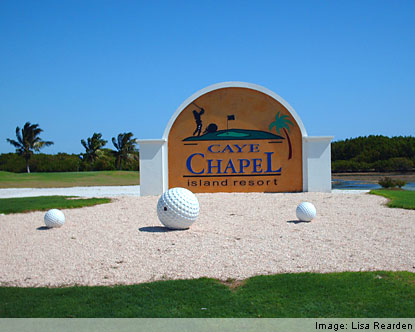Tikal
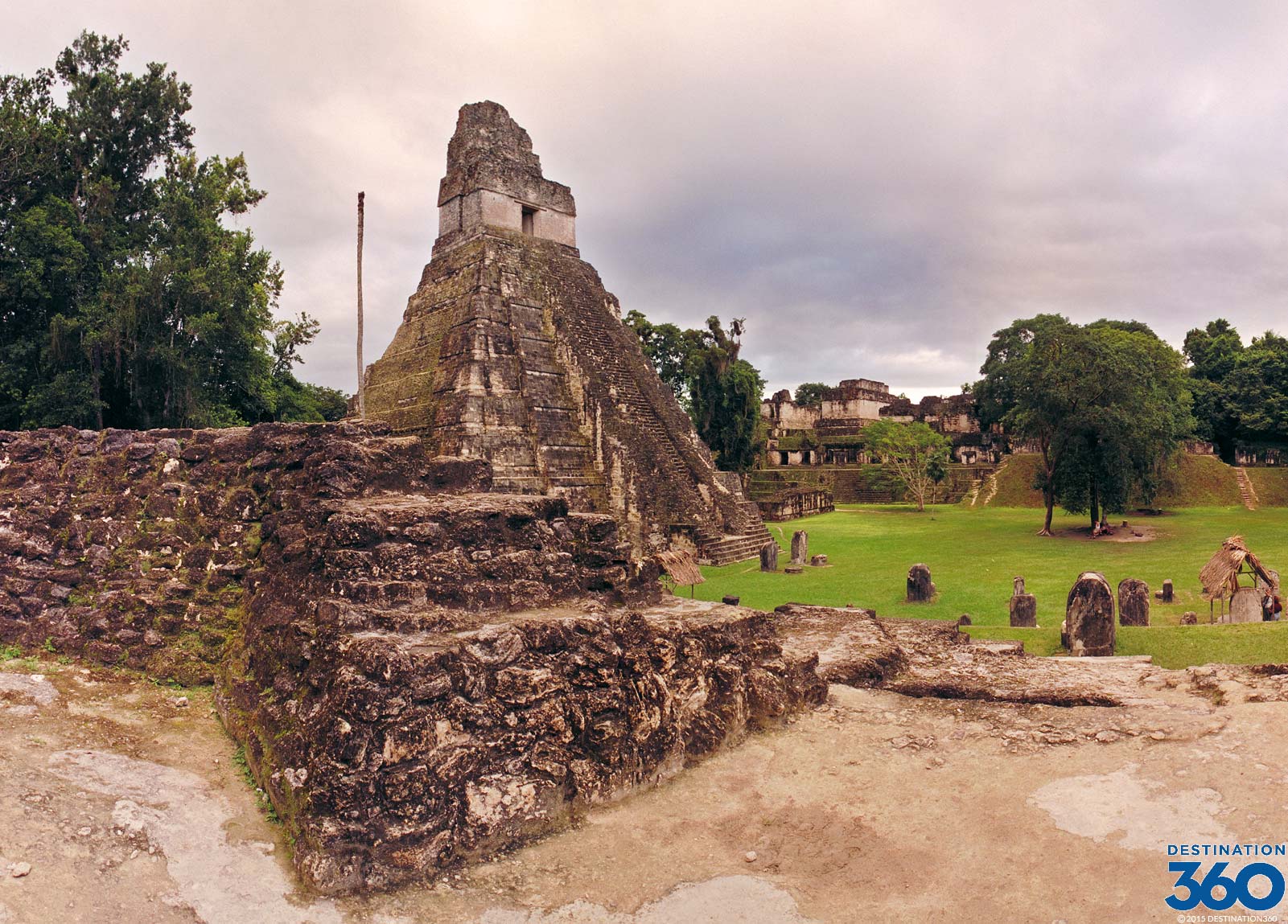
Within the Tikal National Park of Guatemala’s northern Petén region, rest the impressive Mayan ruins of Tikal. Tikal is the largest excavated site among all the ruined Mayan cities and arguably Guatemala’s most prized cultural gem. Both magical and spiritual, Tikal encourages the imagination to wander and incites the desire to explore. Towering above the jungle canopy, the great Mayan temples of Tikal are among the tallest examples, the loftiest reaching nearly 230 feet. While some of the earliest Mayan ruins at Tikal date as far back as the 4th century BC, the city didn’t reach its zenith until some 500 years later during the Mayan Classic Era (2nd century AD-10th century AD). Designated a UNESCO World Heritage Site, the Tikal Mayan ruins attract curious investigators of all sorts, who come to marvel at their existence. Visitors to Guatemala will find a variety of options for Tikal excursions that can be arranged from other main tourist areas. Most Tikal excursions start from the nearby town of Flores, which serves as the hub for tours into the Petén department.
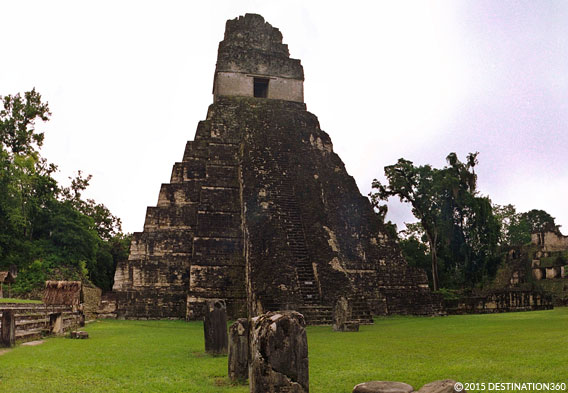
The history of Tikal reveals that at its height, the city was a dominating economic and political Mesoamerican power. Other important southern lowland Mayan cities that flourished during Tikal’s “Golden Age” were Palenque and Copán. The ruins of the former can be found in southern Mexico, while those of the latter are located in western Honduras. Preceding the rise of Tikal was the Pre-Classic Mayan city of El Mirador, whose impressive ruins can also be found in Guatemala’s Petén region. There are different theories as to Tikal’s name, though it is generally considered to mean, “At the Reservoir”, reflecting the finding of water basins among the ruins. Part of a kingdom that was called Mutal, inscriptions found at the ruins imply the city may have previously gone by the name of Yax Mutal. While splendid as the Mayan ruins of Tikal are, only a small percentage of what actually lies within the city’s realm have been excavated.
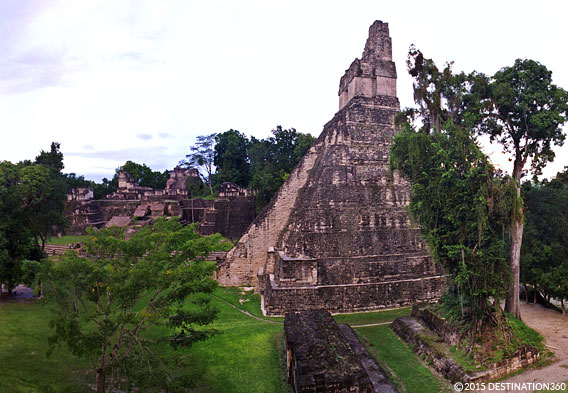
Abandoned by the Mayans in the 10th century, Tikal Guatemala began a century’s-long period of hiding. Overgrown by the encroaching rainforest, it wasn’t until the 17th century that printed accounts of its existence began to draw global attention. In the early 19th century, an American explorer, diplomat and writer by the name of John Lloyd Stephens took an interest in Mesoamerican studies. Later commissioned by President Martin Van Buren, Stephens visited Central America as a Special Ambassador in 1839. His accounts mentioned Tikal among the Mesoamerican ruins he came across during his travels. Remote as Tikal Guatemala is, it would not be until 1848 that the first scientific expedition would arrive there. A modest investigation, it was led by then Petén Providence Governor, Modesto Méndez, and a gum collector named Ambrosio Tut. Further scientific expeditions followed in the 19th and 20th centuries, and from 1956 to 1970, major archaeological excavations by the University of Pennsylvania uncovered nearly 10 square miles of ruins. In 1979, the Guatemalan government resumed excavations, which they continue with the help of the University of San Carlos and the Institute of Anthropology and History.
GUATEMALA MAP
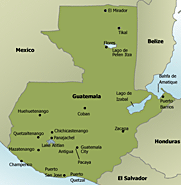
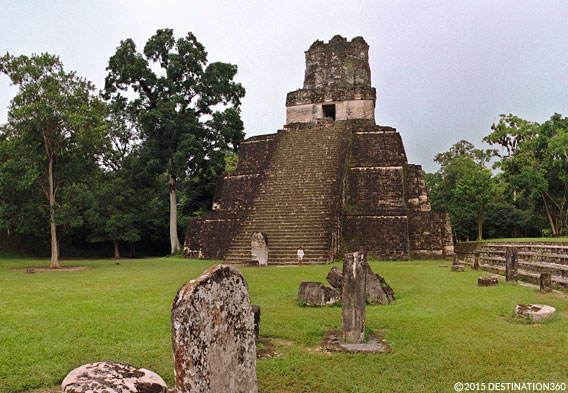
As archaeologists continue to uncover the site’s vast Mayan ruins, more is understood about the history of Tikal. Covering over 200 square miles, time will only tell what future excavations will reveal. You will likely need more than one day to adequately explore the great Mayan ruins of Tikal, due to the scale of the site. Researching different Tikal excursions online ahead of time should help you plan your trip. Tikal excursions typically cover from 1-4 days. From Guatemala City, time can be saved by choosing a tour that includes round trip airfare to the region. Extended excursions into the forest usually include campground accommodations, where a hammock and mosquito net are your bed. Meals are generally included and mules and horses help carry the load during the hikes to and from the site. If roughing it isn’t your style, you can attempt to secure lodging at one of the hotels found within the Tikal National Park. The hotels in Flores provide more great options for overnight arrangements, and the city boasts some nice restaurants, as well as a few internet cafes.
